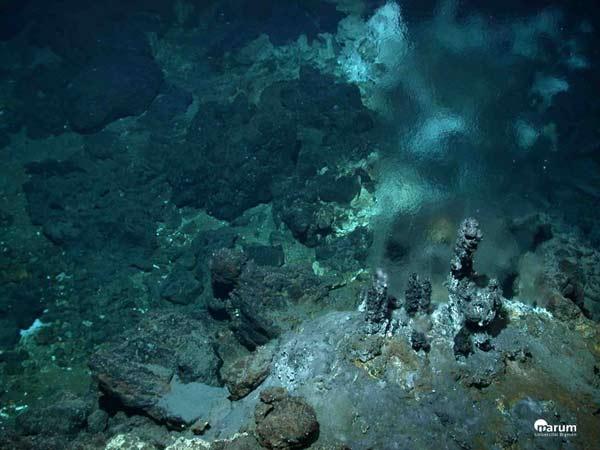
Deep Ocean Life Lives Off Waste

Life-sustaining light penetrates only the top 600 feet of the Earth's vast oceans. So in the cold, dark waters of the deep sea, life must find another source of food.
Decades of research on the life that clusters around deep-sea hydrothermal vents has hinted at the importance of light-free food webs that use chemicals spewed out by the vents as energy sources. But a recent analysis by Jack Middelburg at the University of Utrecht in the Netherlands suggests that another system — waste recycling — could be more important in supporting life in the deep. And life forms using this system of energy don't need to be confined to the areas around vents.
"Although the hydrothermal vents make for nice pictures, the dispersed chemoautotrophs are far more important," Middelburg tells OurAmazingPlanet.
Chemoautotrophs are single-celled creatures that consume carbon dioxide and other inorganic materials and convert them to forms that can then be used by other organisms— a process known as carbon fixation.
"We all eat food, and we respire. And the urea and ammonia we excrete as urine. But with the bacteria, there's bacteria that consume that ammonia and use the energy it contains to fix inorganic carbon," Middelburg said.
He found that, for the deep ocean, these chemoautotrophs are the biggest source of new carbon; the energy they produce is 100 times more important than energy gleaned from hydrothermal vents.
Middelburg says that over the next few months, he will use a mass spectrometer with very high resolution to look in detail at the organisms that are involved in his calculations.
Sign up for the Live Science daily newsletter now
Get the world’s most fascinating discoveries delivered straight to your inbox.
This story was provided by OurAmazingPlanet, a sister site to LiveScience.










